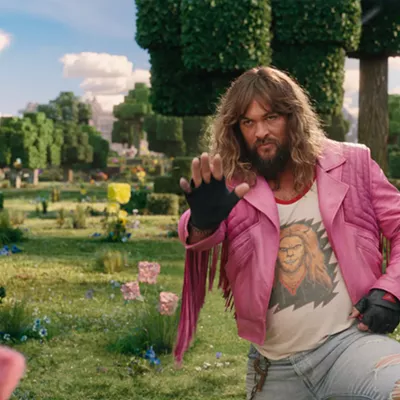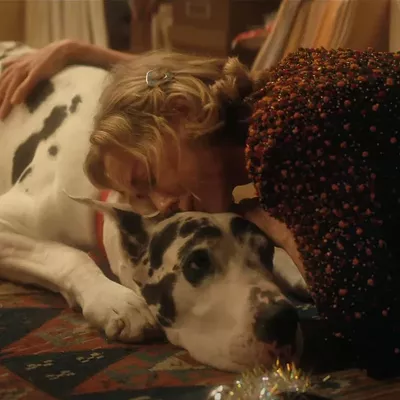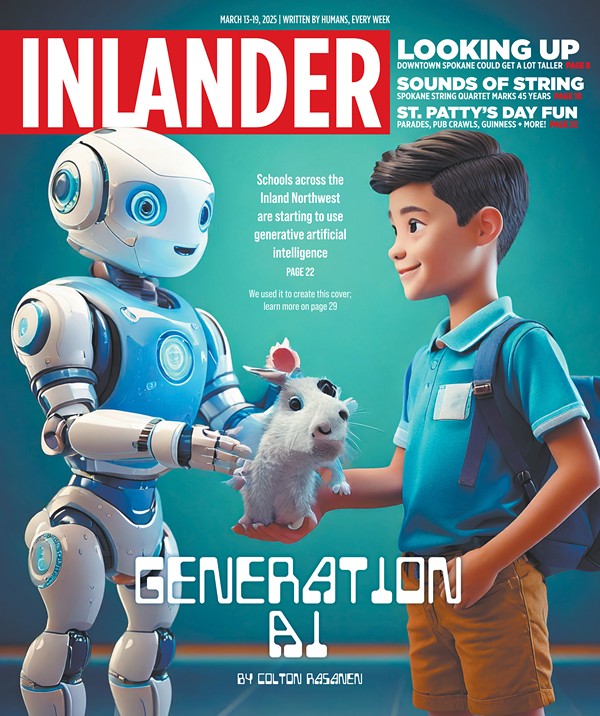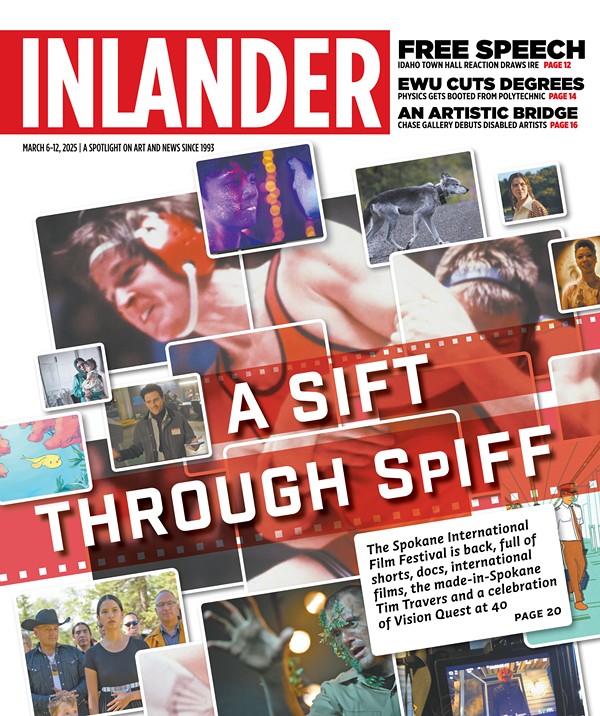The choreography is dazzling, the costume and set design is lavish, and most of the music and vocal performances are sublime. Andrew Lloyd Webber's outrageously successful stage version of the Gaston Leroux novel has made it to the screen not only intact, but with no doubt that it, too, is going to attain blockbuster status.
That's not to say that there aren't glitches. This is a film that depends on setting up and holding onto a mood, one that's both joyous and mysterious. But that's compromised by the script's structure. The film opens in stark black and white, with a scene of a decrepit, dust-covered opera house, then smoothly flashes back, in lush color, to 50 years earlier, when the place was vibrant and filled with song. But the filmmakers have unwisely chosen to flash forward to the black and white scenes numerous times, breaking the mood in the process. There's also a bit too much backstory, with a couple of scenes that didn't exist in the play now explaining more of the title character's past. The filmmakers apparently don't realize that his mysteriousness has always been part of the story's draw.
But the positives outweigh the negatives here. Between the film's dazzling dress rehearsal for Hannibal, its first stage presentation, and the "accident"-plagued full presentation of its last, Don Juan, this is a celebration of movie magic, with cameras swooping through, above and below the streets of Paris, and zooming into extreme close-ups of everyone, masked and unmasked.
The story centers on both the Phantom (Gerard Butler, most recently seen in the dreadful Timeline), who lives in a candle-lit lair set in the bowels of the opera house, and on Christine (Emmy Rossum, the murder victim in Mystic River), the chorus girl who is plucked from obscurity to become a singing star. The tale of their relationship goes from one of brilliant mentor and talented student to one of love and lust, jealousy and betrayal. It also turns into an exploration of the fine line between genius and madness.
To many, the lurid plot is the main attraction. But ever since Andrew Lloyd Webber added music almost two decades ago, the story has become secondary. Still, the music doesn't always work. Some of the songs seem to go on and on, while others have melodies that sound forced. And the whole business of two people breaking into song for only a few lines while in mid-conversation, then switching back to talk is just too jarring. That said, the music is undeniably popular. At the screening I attended, quite a few audience members were not-so-softly singing along with the songs, and humming along with the score.
As for as the performances of the songs, there will be discussions -- arguments -- for years to come. Gerard Butler is no Michael Crawford; he simply doesn't have the depth. But he is a terrific tenor singer, and is most effective when hitting the highest notes in his range. Emmy Rossum, previously known for her competent acting skills, displays a heretofore hidden musical talent. Her soprano is clear and bright; her singing, angelic. Ah, but what to do with Minnie Driver, as the Italian diva Carlotta. Her character is supposed to be annoying, whether speaking or singing. Driver goes beyond the call of duty in that area, mostly in her spoken, over-the-top Italian accent. And it's too bad that audience members don't get to insert earplugs as, comically, do backstage members of the opera troupe when she shrieks, ummm, sings. (In fact, Driver's opera singing is dubbed; she only sings the ballad "Learn To Be Lonely.")
As for the acting, Rossum holds her own. Again, she's competent, making good use of her big brown eyes in reaction shots. Butler, though -- or practically anyone attempting this role -- can do only so much with his face half covered. And he comes across as less threatening and more sympathetic than is called for with this supposedly demented character. The only total miscasting is that of Patrick Wilson as Raoul, Christina's possible love interest. Too bland-looking, he's simply overshadowed by everyone around him.
Director Joel Schumacher, who's made ensemble pieces such as St. Elmo's Fire, and went action-gothic with a couple of Batman entries, adds some campiness to this Phantom. (Maybe that's what Driver is all about.) He easily turns the goings-on from comic to malevolent to gaudily horrific. And he makes great use of massive sets, including the glorious wood and marble opera house and a creepy, fog-shrouded cemetery. For the film's climax, starting with a wildly swinging chandelier and ending with a deep underground fight, he falls just short of getting his hands on every stop he can find and pulling them out as far as they'll go.
The final return to black and white -- which should have been the only one -- is a perfect cap, and gives the film a beautiful, haunting poignancy.














